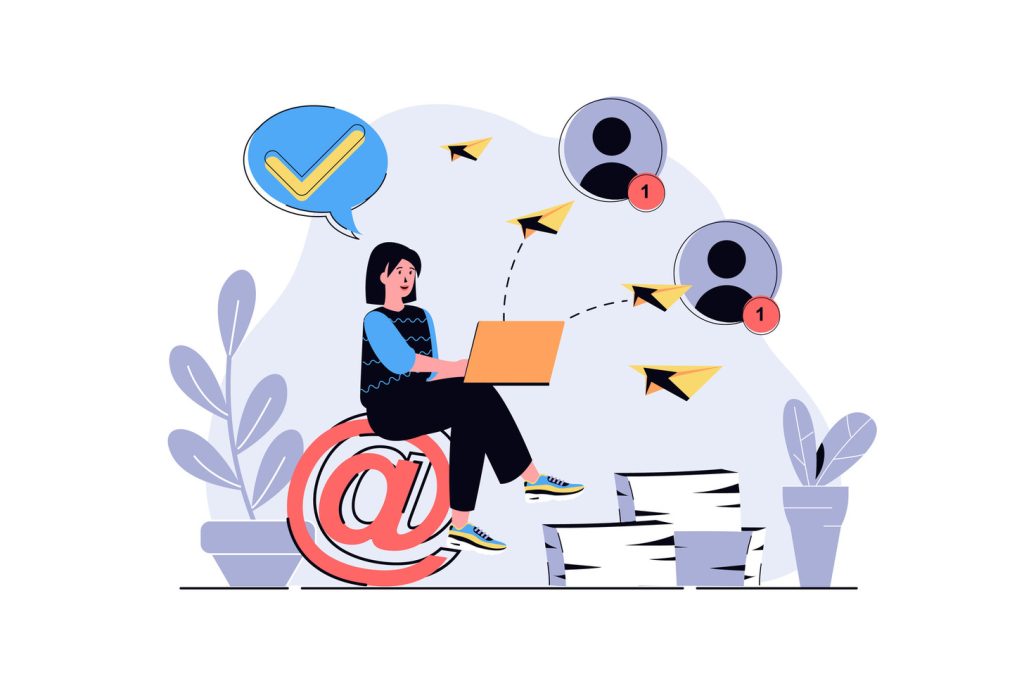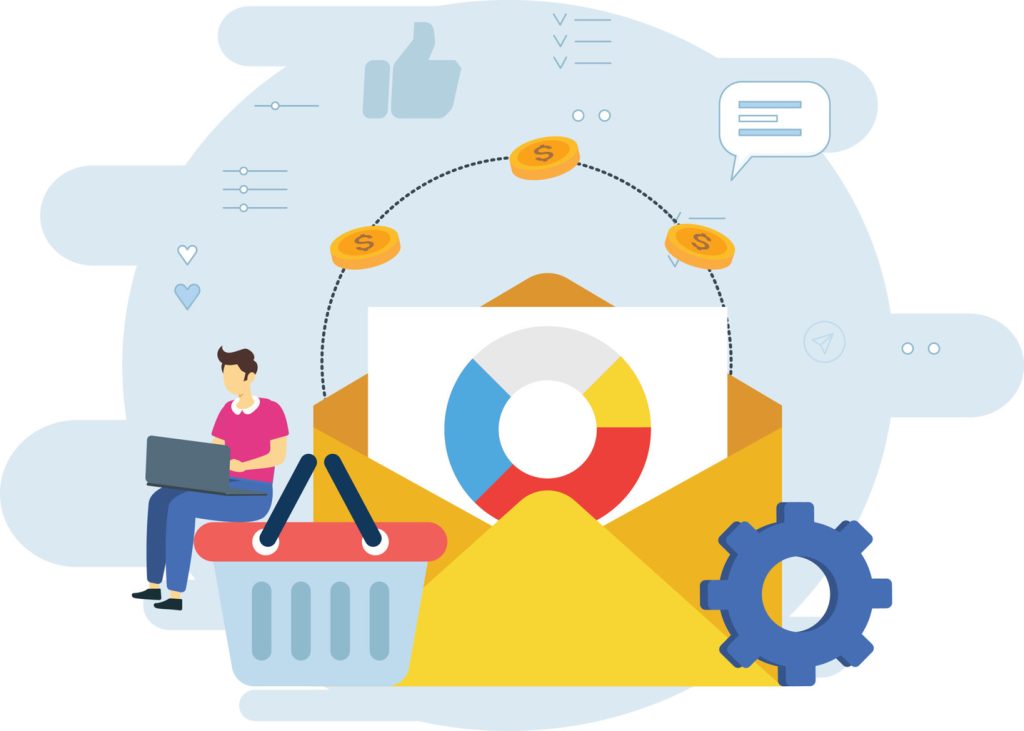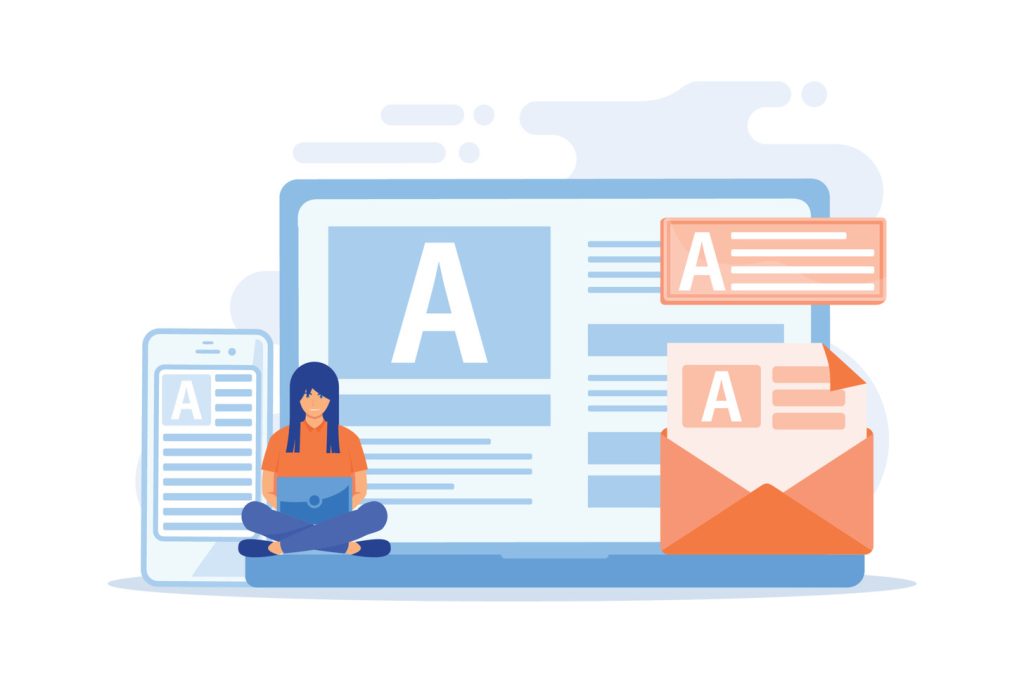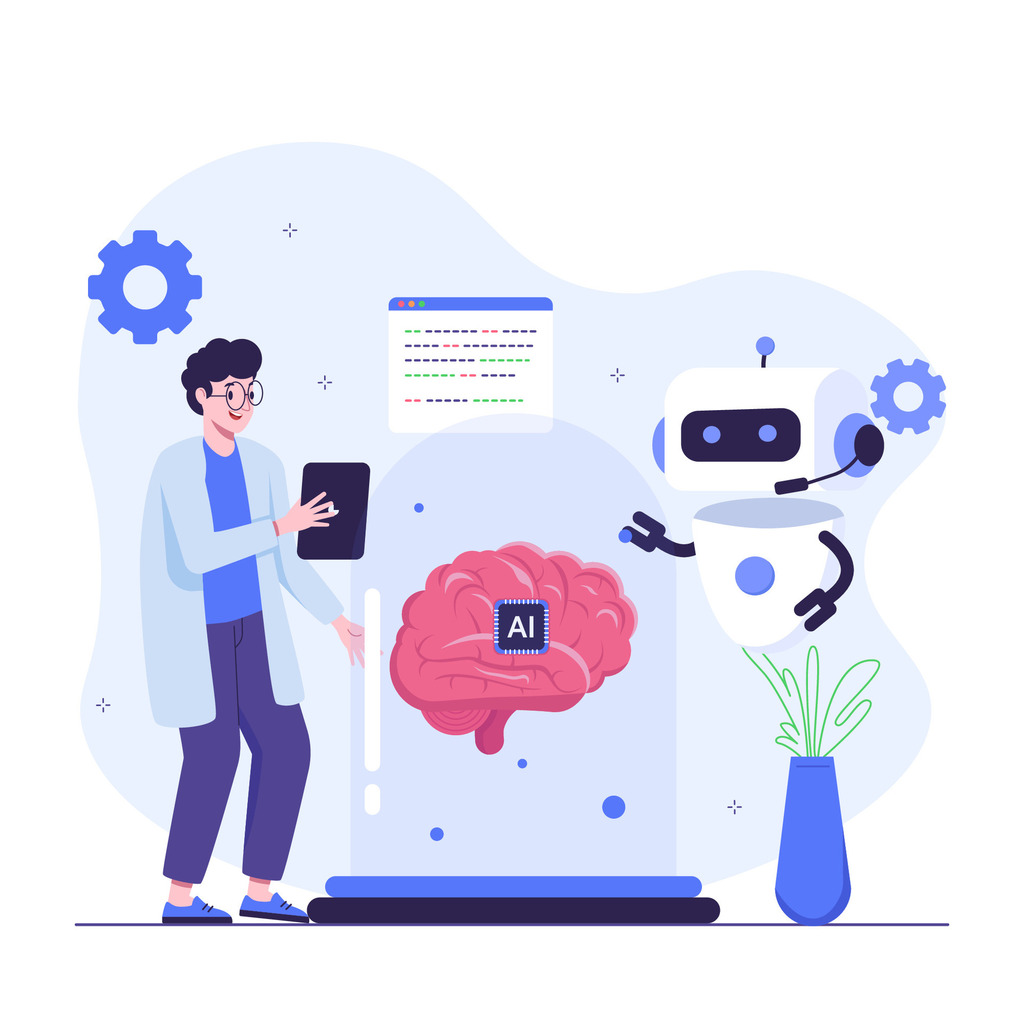A/B Testing For Emails: How to Optimize Your Campaigns

Effective email marketing relies on continuous improvement. Split testing, a method where two versions of a campaign are compared, helps businesses identify what resonates with their audience. By measuring engagement metrics like open rates or click-throughs, marketers gain actionable insights to refine their strategies.
Most email platforms now include built-in split testing tools; consequently, they simplify the process for teams at any skill level. Moreover, sending variations to small audience segments before full deployment ensures data-driven decisions. Thus, this approach minimizes guesswork while maximizing campaign performance.
Specifically, successful marketers use these tests to uncover hidden preferences in their subscriber base. Meanwhile, whether evaluating subject lines, layouts, or call-to-action placement, systematic experimentation reveals what drives conversions. Ultimately, rapid results—often within hours—enable quick adjustments that boost ROI.
The real power lies in transforming raw data into targeted messaging. Each test provides unbiased feedback directly from recipients, helping craft communications that align with audience expectations. This continuous optimization cycle strengthens customer relationships and drives long-term growth.
Key Takeaways
- Split testing identifies high-performing email elements through direct audience feedback
- Modern marketing platforms automate testing processes for efficient optimization
- Data-driven adjustments improve open rates and conversion metrics
- Quick results enable real-time campaign improvements
- Strategic testing reduces reliance on assumptions in marketing decisions
Understanding the Basics of Email A/B Testing
Modern marketing thrives on measurable outcomes. Split testing campaigns allows teams to compare variations and refine strategies based on real-world performance. This method works particularly well for email outreach due to its structured delivery and clear engagement metrics.
What Is Email A/B Testing?
Marketers create two distinct campaign iterations—each targeting a portion of their subscriber list. One group receives the original design, while another sees modified content. Differences in open rates, clicks, or conversions reveal which approach resonates better. Platforms automatically track responses, simplifying data collection.
Benefits for Email Marketers
Binary feedback eliminates guesswork. Recipients either engage or ignore elements like subject lines or calls-to-action. This clarity helps teams:
- Identify high-impact content types
- Optimize send times for maximum visibility
- Tailor designs to audience preferences
Continuous testing builds a knowledge base for smarter campaign decisions. Over time, patterns emerge that guide content creation and timing strategies. These insights often lead to double-digit improvements in key metrics.
Optimizing Campaigns Using A/B Testing For Emails

Strategic experimentation unlocks hidden preferences in subscriber lists. By analyzing how recipients interact with different campaign versions, marketers gain precise insights to boost engagement. This method transforms raw data into actionable strategies that elevate performance metrics.
The Role of Split Testing in Improving Open and Click-Through Rates
Systematic comparisons reveal which elements drive engagement. Testing variations like subject lines or sender names across audience segments identifies what captures attention. One study showed optimized preview text increased open rates by 37%, proving minor changes create major impacts.
Iterative refinement creates a compounding improvement cycle. Each successful test informs future adjustments, building momentum for sustained growth. Subtle tweaks to call-to-action phrasing or button placement often yield double-digit increases in click-through rates.
“The snowball effect of split testing turns incremental gains into transformative results”
Rapid feedback loops enable quick pivots. Marketers can deploy winning strategies within hours while retiring underperforming approaches. This agility maximizes campaign efficiency and resource allocation.
Personalized communications emerge from continuous data analysis. Over time, patterns in recipient behavior guide hyper-targeted messaging that resonates deeply. These tailored interactions directly correlate with improved conversion rates and revenue growth.
Key Elements to Test in Your Email Campaigns
Campaign optimization begins with targeted experimentation on core components. Identifying high-impact elements requires strategic comparisons across audience segments. Focused testing reveals which combinations drive measurable improvements in engagement and conversions.
Subject Lines and Preheaders
Subject line variations directly influence open rates. Professionals test different formats like questions versus statements, emoji usage, and word order. A 2023 MarketingSherpa study found optimized headlines increased engagement by 42% across industries.
Preheader text acts as a secondary hook. Testing length adjustments or value propositions in this space often boosts open rates. Combining these elements creates cohesive previews that cut through crowded inboxes.
Call-to-Action and Visual Design
Button design significantly impacts click-through performance. Action-oriented language like “Claim Offer” outperforms generic prompts in 68% of cases. Color contrast and placement tests determine optimal visibility for key conversion elements.
“The average conversion rate jumps 27% when call-to-action buttons undergo systematic testing”
Visual hierarchy experiments identify layouts that guide reader focus. Split testing image-heavy designs against minimalist formats reveals audience preferences. Mobile-responsive templates require separate validation to ensure cross-device functionality.
Steps to Set Up an Effective Email A/B Test

Structured methodology separates impactful campaigns from random experimentation. Marketers achieve consistent results by following proven processes that isolate variables and validate assumptions. This systematic approach turns hunches into actionable data.
Establishing Goals and Hypotheses
Every successful experiment starts with defined objectives. Teams must answer two questions: “What problem are we solving?” and “How will we measure success?” Clear metrics—like 15% higher click-through rates—create measurable targets.
Effective strategies involve:
- Aligning test parameters with broader business goals
- Creating control versions mirroring past successful campaigns
- Prioritizing one variable per test for clear attribution
“Companies that define success metrics upfront see 73% higher testing ROI” – MarketingProfs 2023 Report
Segmenting Your Audience for Reliable Results
Accurate insights require representative sample groups. Modern platforms automatically divide subscriber lists into randomized segments while maintaining demographic balance. This prevents skewed data from niche groups dominating results.
Best practices include:
- Testing on 10-20% of the total audience first
- Ensuring segments match target demographics
- Running tests simultaneously to eliminate timing biases
Automated tools handle technical complexities, letting teams focus on strategic decisions. Winning variations then deploy to remaining subscribers with proven effectiveness.
Strategies for Successful A/B Testing Implementation
Precision drives results in modern marketing campaigns. Successful split testing requires a strategic roadmap that prioritizes measurable outcomes over random experimentation. Teams must define which elements influence customer behavior and establish benchmarks for evaluating performance.
Choosing the Right Metrics
Clear objectives separate impactful tests from directionless efforts. Marketers achieve consistent results by aligning measurement criteria with business goals—whether boosting click rates or improving conversion paths. Key performance indicators might include:
- Engagement duration per email variant
- Device-specific response rates
- Conversion funnel progression metrics
External variables significantly impact outcomes. Rendering differences across email platforms can distort design effectiveness, while regional time zones influence open rates. One HubSpot analysis found campaigns sent during recipients’ lunch hours generated 19% higher engagement than morning blasts.
“Strategic testing accounts for technical variables as rigorously as creative elements”
Long-term analysis prevents knee-jerk decisions. Statistically significant data requires testing cycles across multiple campaigns, especially when evaluating seasonal trends. Professionals cross-reference results with historical performance data to identify genuine improvements versus random fluctuations.
Repeatable processes turn insights into scalable strategies. Documenting winning combinations of subject lines, layouts, and send times creates a playbook for future campaigns. This systematic approach builds institutional knowledge while reducing guesswork in marketing decisions.
Leveraging AI and Automation in A/B Testing

Advanced technologies now enable marketers to scale optimization efforts beyond manual capabilities. Artificial intelligence transforms split testing from periodic experiments into continuous improvement engines. These tools analyze patterns human teams might overlook while executing complex multivariate comparisons.
Predictive Analytics for Optimized Send Times
Machine learning algorithms evaluate individual recipient behavior to pinpoint ideal delivery moments. Systems track when specific users typically open messages, then schedule sends accordingly. This personalization boosts open rates by 22% on average compared to blanket timing strategies.
| Approach | Open Rate | Testing Duration |
|---|---|---|
| Manual Time Selection | 18.4% | 2 weeks |
| AI-Powered Scheduling | 29.1% | Real-time |
Automated Tools to Streamline Testing
Generative AI accelerates content variation creation, producing multiple subject lines or body copy versions in seconds. This capability allows teams to test bold creative shifts without draining resources. Combined with CRM automation solutions, these tools maintain campaign momentum while refining messaging.
“AI-driven testing platforms reduced our optimization cycle time by 68% while doubling actionable insights” – Marketing Technology Director
Automated systems handle intricate multivariate comparisons across design elements, CTAs, and personalization tokens simultaneously. Real-time adjustments ensure campaigns evolve with audience preferences, delivering sustained performance improvements.
Design and Content Optimization Through Testing
Visual appeal and strategic messaging form the backbone of successful email campaigns. Marketers must evaluate how design choices and content structure influence audience behavior. Systematic comparisons reveal whether elaborate layouts or minimalist approaches better align with subscriber preferences.
Balancing Design Elements and Plain Text
Design-heavy templates often compete with simple text formats in split tests. While polished graphics grab attention, plain-text messages can foster authenticity. Outdoor retailer Glade Optics achieved 31% higher click rates using stripped-down emails resembling personal notes.
Testing both extremes identifies optimal middle ground. Some audiences prefer clean layouts with strategic visuals, while others respond to conversational formats. Heatmap analytics often show text-focused designs drive faster engagement with key messages.
Content Length, Personalization, and Tone
Message brevity directly impacts completion rates. Short emails (90-125 words) outperform lengthy counterparts in 68% of cases. However, complex offers sometimes require detailed explanations – split testing determines the sweet spot for each campaign type.
Personalized elements like recipient names boost open rates by 26% when used judiciously. Tone variations (professional vs casual) resonate differently across demographics. Continuous testing builds audience-specific playbooks for content delivery that feels tailored rather than generic.

